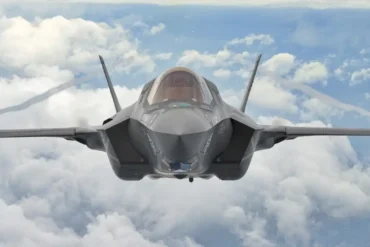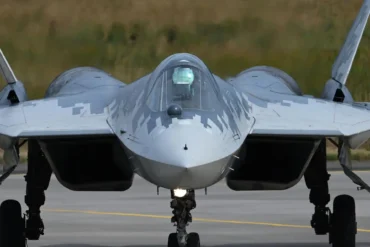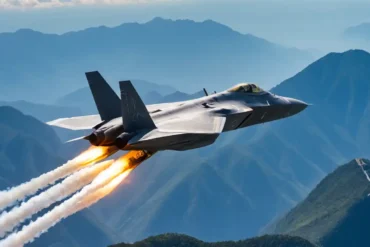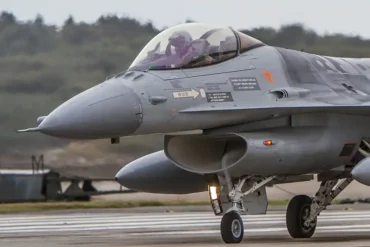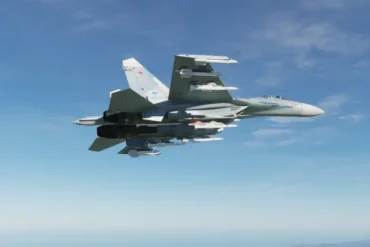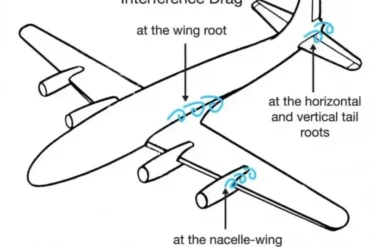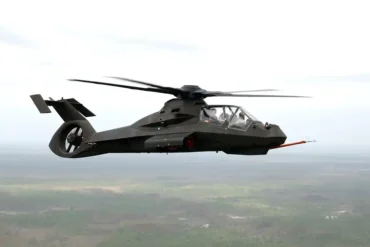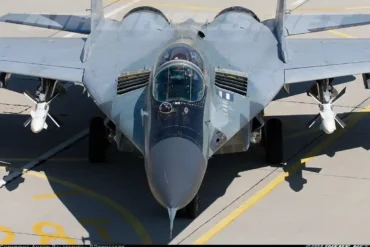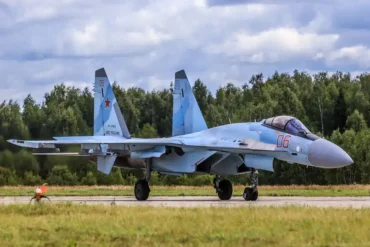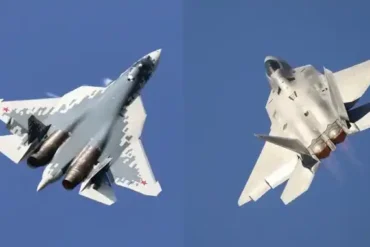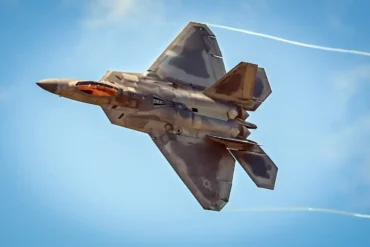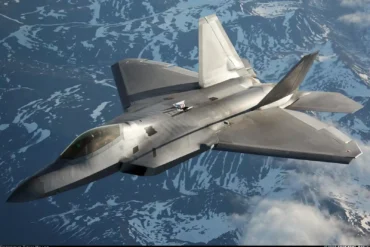The F-22 Raptor, developed by Lockheed Martin, is a fifth-generation tactical fighter jet that represents a significant leap forward in both aerodynamics and stealth technology. As one of the most advanced military aircraft in the world, the F-22 incorporates cutting-edge features designed to reduce its radar signature, enhance its combat capabilities, and improve the efficiency of its systems. Among the key components contributing to its low observability and high performance is the F-22 Raptor air intake, an integral part of the aircraft’s engine system and stealth design.
This article delves deep into the F-22 Raptor’s air intake, examining how it works, its design innovations, and its role in the aircraft’s overall performance.
What Is the F-22 Raptor Air Intake?
The F-22 Raptor air intake refers to the system designed to channel air into the engines of the fighter jet. Unlike conventional intakes found on older jets, the F-22’s intake is optimized for stealth and high-speed performance. The air intake serves not only to supply the engines with sufficient airflow but also plays a crucial role in minimizing the radar cross-section (RCS) of the aircraft.
The intake system is specifically engineered to avoid exposing the engine face, which could otherwise be detected by enemy radar. It’s an essential part of the F-22’s stealth technology, enabling it to fly undetected and perform supercruise—the ability to fly at supersonic speeds without using the afterburners.
The Role of the Air Intake in Stealth Design
Minimizing Radar Signature
One of the most remarkable features of the F-22 Raptor is its ability to evade detection by radar systems. A key aspect of achieving this low radar signature is the shape and placement of the air intake. The intake ducts of the F-22 are specially designed to avoid presenting vertical surfaces to radar waves. By integrating the intake into the aircraft’s fuselage and shaping it in such a way that it blends seamlessly with the aircraft’s contours, the F-22 reduces the likelihood of radar detection.
The F-22’s air intake system is designed with an internal duct that bends slightly, which effectively hides the engine face from enemy radar. This design ensures that the engine turbines and other sensitive components are shielded from external detection, making it one of the most difficult aircraft to detect using radar.
Boundary Layer Control
The F-22’s intake system is also equipped with specialized features that improve the aerodynamics of the aircraft. Boundary layer control is a technique used to manage the turbulent airflow that typically surrounds the fuselage of an aircraft. The boundary layer is essentially the turbulent, low-speed airflow that forms over the surface of the jet as it flies.
To ensure that this turbulent air does not enter the engines, the F-22 incorporates several systems that capture and redirect this air. The boundary layer is first captured through a series of air holes along the fuselage. This air is then removed through small vents, preventing it from disrupting the smooth airflow into the engine intake.
By managing this airflow, the F-22 maintains its high level of aerodynamic efficiency, which is crucial during high-speed maneuvers and dogfights.
Design Innovations: Air Intake Ducts and Suction Systems
The Intake Ducts: Bending for Stealth
Unlike conventional fighter jets, the F-22 Raptor features intake ducts that are slightly curved to avoid exposing the engine components. These ducts are designed to ensure that the airflow is directed smoothly into the engines while also hiding the engine face from radar. This subtle yet highly effective design significantly enhances the stealth capabilities of the aircraft, allowing it to remain undetected even when flying at high speeds.
Furthermore, the air intake system includes small air holes that use suction to remove any boundary layer air that might have formed around the fuselage. These suction holes are strategically placed to capture this air and expel it out through vents, ensuring that only clean, undisturbed air reaches the engine.
Serrated Edges for Radar Deflection
In addition to the design of the intake ducts, the F-22 Raptor uses serrated edges on various panels along its fuselage, including the air intake covers. These serrated edges help to deflect radar waves, further reducing the aircraft’s radar cross-section. By scattering the radar waves in multiple directions, the serrations make it much more difficult for radar systems to lock onto the aircraft.
The integration of these design elements is crucial in ensuring that the F-22 maintains its stealth profile across various environments, whether it’s conducting high-speed interception missions or engaging in close-quarters dogfights.
F-22 Engine and Afterburner Integration
The F-22 Raptor is powered by Pratt & Whitney F119-PW-100 engines, which are equipped with advanced afterburners to provide the jet with exceptional speed and maneuverability. The role of the air intake in this system is to supply the engine with the necessary airflow to maintain supercruise and to ensure the efficient operation of the afterburner.
Supercruise: Supersonic Flight Without Afterburners
One of the key advantages of the F-22 Raptor is its ability to fly at supersonic speeds without relying on the afterburner. This capability, known as supercruise, allows the F-22 to maintain high speeds while conserving fuel and avoiding the telltale infrared signature produced by afterburners.
The air intake system plays a pivotal role in enabling supercruise by ensuring that the engine receives the optimal amount of air for efficient combustion. The intake design is crucial for sustaining the aircraft’s speed and maneuverability during supersonic flight.
Cooling Systems and Heat Signature Reduction
The heat signature of any aircraft is one of the most important factors in its stealth design. The F-22’s engines generate immense heat, particularly during high-speed maneuvers or afterburner use. To mitigate this, the F-22’s air intake system is equipped with cooling mechanisms that help reduce the heat signature of the engines.
The air intake is connected to various cooling systems that channel air through cooling ducts and heat exchangers. The airflow entering the engine is carefully managed to prevent overheating, ensuring that the F-22 Raptor remains undetected by infrared sensors while maintaining peak performance.
The F-22 Air Intake’s Role in Combat and Maneuverability
The design of the F-22 Raptor air intake is not just about stealth and efficiency; it also plays a crucial role in the aircraft’s combat capabilities. The air intake works in harmony with other advanced systems on the aircraft, including its advanced avionics, fly-by-wire controls, and aerodynamic surfaces, to enable exceptional maneuverability in air combat.
Enhanced Aerodynamics and Lift Generation
The shape and placement of the F-22 air intake contribute significantly to the aircraft’s aerodynamics. The intake system is integrated into the fuselage in such a way that it minimizes drag while also generating lift, particularly at high speeds and during high-angle-of-attack maneuvers. This allows the F-22 to perform exceptional aerial maneuvers, such as tight turns and high-speed climbs, while maintaining its stealth capabilities.
The boundary layer control systems also enhance the overall aerodynamics, ensuring that the jet can operate efficiently across a wide range of flight regimes, from low-speed takeoff to high-speed interception.
Critical Role in Dogfighting and Superiority
In dogfights, where rapid changes in direction and speed are critical, the F-22’s air intake system contributes to its superior maneuverability. The aircraft’s advanced engine systems, combined with its highly efficient intake, allow the F-22 to quickly adjust its speed and trajectory, even at supersonic speeds. This agility, combined with its stealth features, makes the F-22 an unparalleled fighter jet in modern air combat.
Conclusion: The F-22 Raptor Air Intake – A Key to Unmatched Performance
The F-22 Raptor air intake is not just a component of the aircraft; it is a critical element of the jet’s stealth and combat capabilities. Its sophisticated design minimizes radar detection, enhances aerodynamic performance, and ensures that the aircraft can operate at supersonic speeds without sacrificing fuel efficiency or stealth.
The F-22 Raptor represents the pinnacle of modern aviation engineering, and its air intake system is one of the many innovations that contribute to its status as one of the most advanced and formidable fighter jets in the world today. Through its careful integration of stealth technology, advanced engine systems, and cutting-edge aerodynamic features, the F-22 remains at the forefront of military aviation, setting the standard for future generations of fighter jets.

